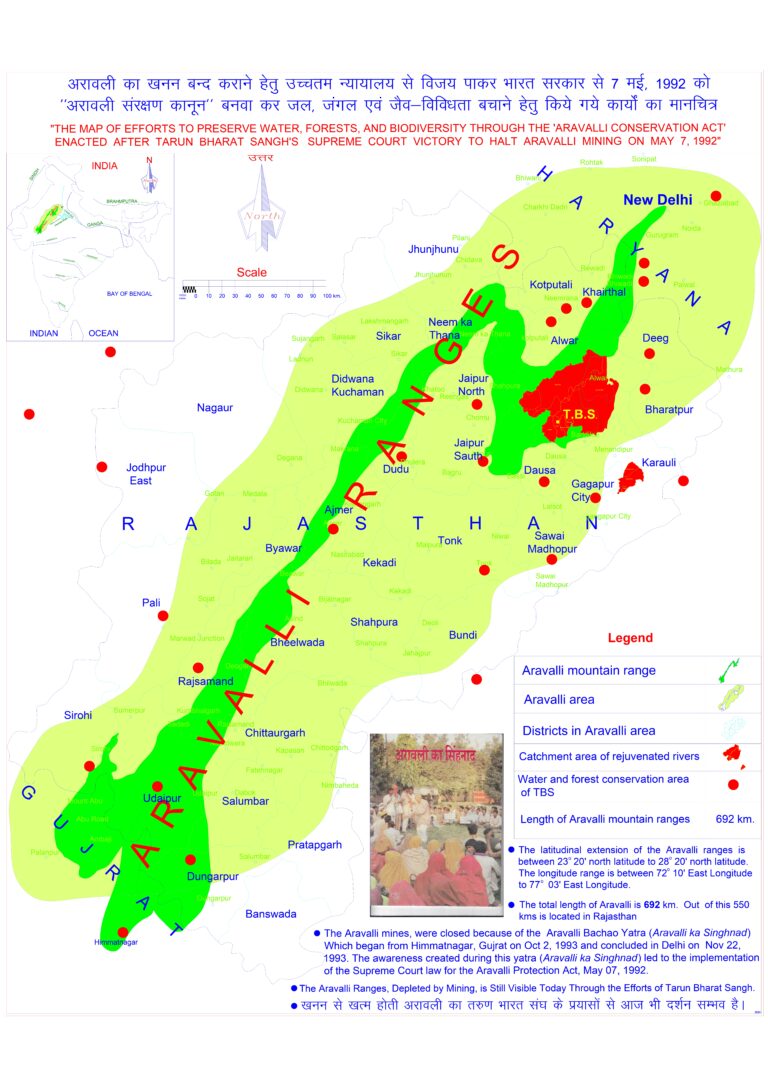
COVID-19 Notes
 By Dr Satish K Gupta*
By Dr Satish K Gupta*
How will the virus behave in future?
How can the world end the emergency phase of the Pandemic?
To find answers to all these questions World Health Organization (WHO) has released a plan with key strategies.
WHO has said that the updated plan to tackle the pandemic is based on the premise that the COVID-19 virus would continue to evolve but its severity would reduce over time owing to an increase in immunity due to vaccination and infection.
WHO released its third report on the pandemic, strategic preparedness, readiness and response plan. The plan talks about possible scenarios for the evolution of the virus in the coming year.
The Three Possible Scenarios
Base-case scenario – The Most likely Scenario
As immunity wanes, the virus would lead to outbreaks but the outbreaks would be less severe as per the base-case scenario model which also serves as the WHO’s working model.
Similar to a case like influenza, the virus would likely fall into a seasonal pattern with peaks in colder months.
Booster shots would be required for those at risk.
Best Case Scenario
Future variants would be less severe and protection from severe disease would be long-lasting in the best-case scenario. In this scenario, there would be no need for future boosting or significant changes to current vaccines.
Worst Case Scenario
The virus might transform into highly transmissible and deadly in the worst-case scenario. Vaccines would be less effective and immunity from severe disease and death would wane rapidly in the scenario. Significant changes to current vaccines would be required including a broad campaign of booster shots for vulnerable groups.
According to WHO, current vaccines are proving less effective in reducing the transmission of the Omicron variant. But they still protect against severe diseases.
What should nations do at this stage?
1. Countries must continue to do diagnostic testing for SARS-CoV-2 in order to identify individual cases and guide community-level decision making,
2. There is also a need for enhancing research to track virus evolution within animal populations.
How to monitor Covid-19 during quiescent times?
With the wide availability of Rapid Antigen Tests directly to the public, a large number of positives are not being reported and therefore contact tracing has taken a back seat. Government too doesn’t seem much concerned because of the mild nature of the disease.
But the Virus can evolve and things may take an ugly turn.
In the current situation, wastewater surveillance by sewage water testing remains the key.
Wastewater sample sites across the country can show early rising trends in specific locations prompting the Government to direct the containment measures.
The situation holds true even for developed countries like the USA. Recently, more than a third of the CDC’s wastewater sample sites across the U.S. showed rising Covid-19 trends in the period ending March 1 to March 10, 2022, though reported cases have stayed near a recent low.
Fast transmission of Omicron coupled with mild disease call for continued wastewater sampling analysis.
But wastewater testing has pitfalls too.
It’s not clear how many new infections the signs in the sewage represent and if they will turn into a new wave*, or will be just a brief bump on the way down from the last one.
Nevertheless, surveillance is essential.
With the lifting of Covid restrictions, the opening of schools and markets, large public events, overcrowded public transport with the withdrawal of mask rules —can raise the local transmission. At the same time, the opening of international air traffic will allow a free run of the virus across continents. Over that the evolutionary potential of Sars CoV-2 remains a potential threat. So it is imperative to keep a strict vigil to avoid being overwhelmed by the virus.
*Dr Satish K Gupta is an MD in Medicines, a Visiting Senior Consultant Physician and Internist at Max Super Speciality Hospital, and a Clinical Assistant Professor at GS Medical College, Chaudhary Charan Singh University, Meerut. He is the author of Journey of COVID in India: A Doctor’s Perspective.





